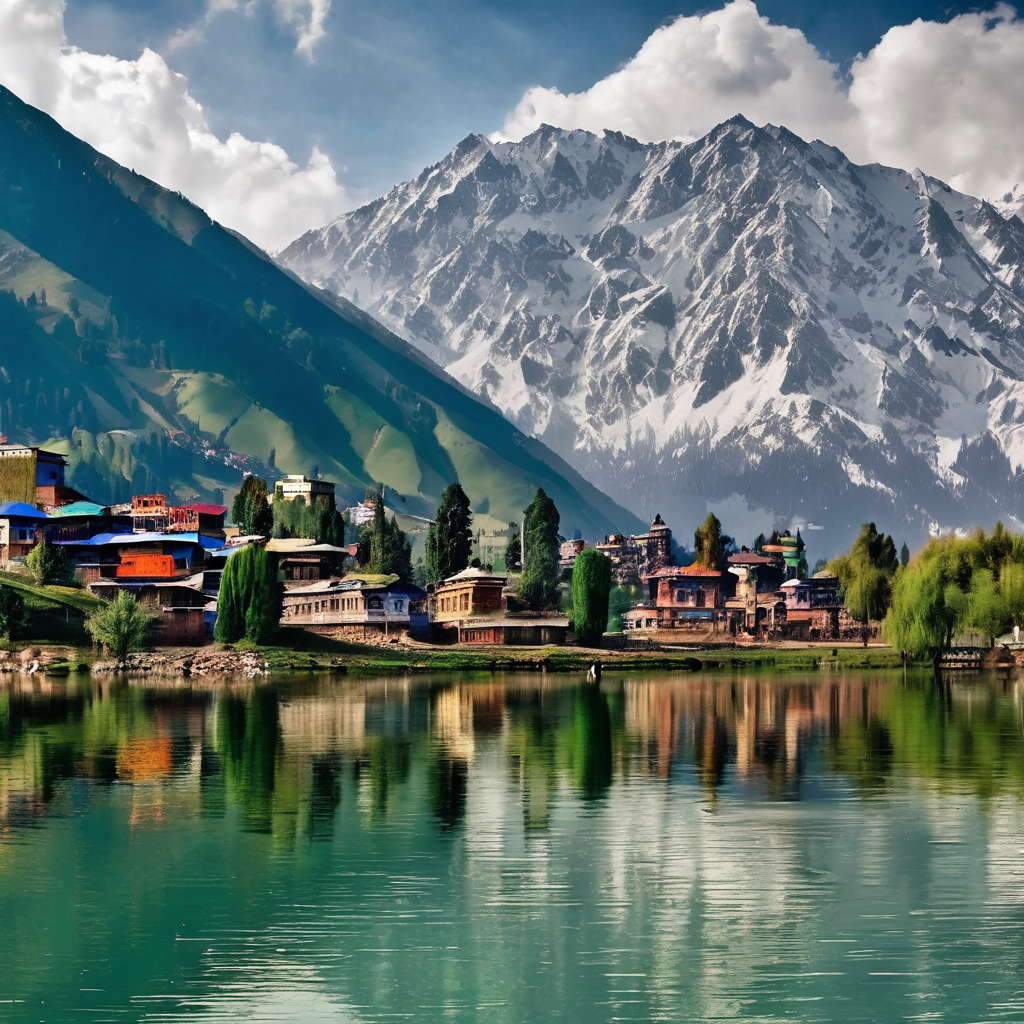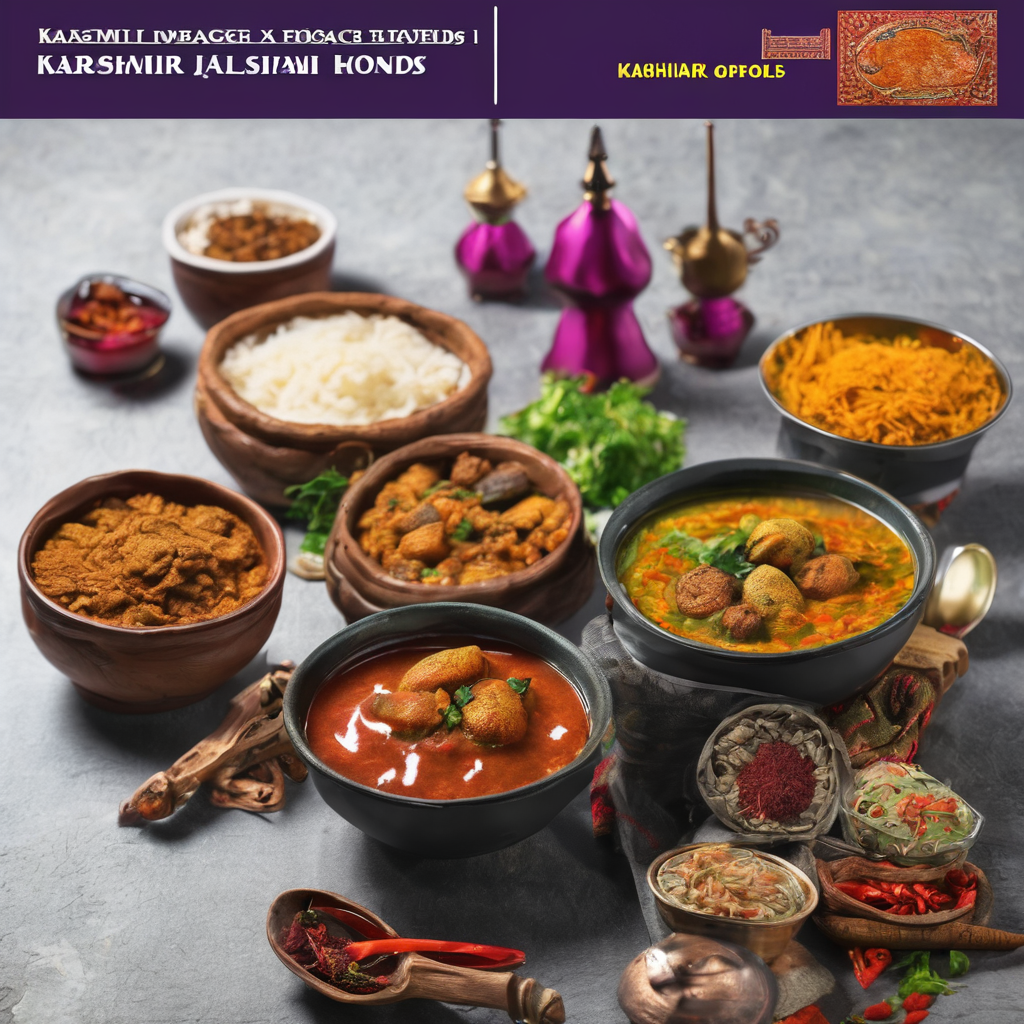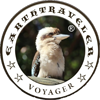“Explore the mesmerizing beauty of Kashmir, a paradise nestled in the Himalayas, where pristine landscapes, lush valleys, and serene lakes create a breathtaking backdrop for a truly unforgettable travel experience.”
Join us as we embark on a virtual journey to discover the timeless allure of Kashmir.

Main Attraction
Kashmir, often referred to as “Paradise on Earth,” is a region known for its breathtaking natural beauty, serene landscapes, and rich cultural heritage. Here are some of the top travel attractions in Kashmir:
Dal Lake: This iconic lake in Srinagar is famous for its picturesque houseboats and Shikara rides. Visitors can stay on houseboats, take leisurely rides on the lake, and explore the floating gardens and markets.
Gulmarg: Known as the “Meadow of Flowers,” Gulmarg is a popular hill station and skiing destination. It offers stunning views of the surrounding mountains, and in winter, it becomes a hub for winter sports enthusiasts.
Pahalgam: Another beautiful hill station, Pahalgam, is famous for its lush green meadows and the Lidder River. It’s an excellent place for trekking, horse riding, and nature walks.
Sonamarg: This “Meadow of Gold” is renowned for its breathtaking glaciers and pristine landscapes. It’s the starting point for several trekking routes, including the famous Amarnath Yatra.
Shalimar Bagh and Nishat Bagh: These Mughal gardens in Srinagar are a testament to the region’s historical significance. They feature terraced lawns, vibrant flowerbeds, and intricate Mughal architecture.
Shankaracharya Temple: Perched on a hilltop in Srinagar, this ancient Hindu temple offers panoramic views of the city and Dal Lake.
Hemis Monastery: Located in Ladakh, Hemis Monastery is one of the largest and wealthiest monasteries in the region. It’s famous for its annual Hemis Festival.
Leh: The capital of Ladakh, Leh, is a gateway to high-altitude adventure. Visitors can explore the Leh Palace, Shey Monastery, and Thiksey Monastery, among other attractions.
Kupwara: This region in North Kashmir is known for its serene landscapes, including the Lolab Valley and Bangus Valley. It’s a less crowded area, perfect for those seeking tranquility.
Gurez Valley: Located near the Line of Control, Gurez Valley is a remote and picturesque region surrounded by snow-capped mountains. It’s a paradise for trekkers and nature enthusiasts.
Aharbal Waterfall: Often called the “Niagara Falls of Kashmir,” Aharbal Waterfall is a stunning natural attraction, surrounded by lush green forests.
Tulip Gardens: Srinagar’s Indira Gandhi Memorial Tulip Garden is the largest tulip garden in Asia. It’s a riot of colors during the blooming season, usually in April.
Dachigam National Park: This park, located near Srinagar, is known for its population of the endangered Hangul deer. It’s a great place for wildlife enthusiasts and birdwatchers.
Kashmir Great Lakes Trek: For adventure seekers, this multi-day trek takes you through some of the most pristine and beautiful landscapes in the Kashmir Valley.
Shopping in Srinagar: Don’t forget to explore the local markets and shop for exquisite handicrafts, Pashmina shawls, saffron, and spices.
Kashmir’s natural beauty, combined with its rich history and culture, makes it a top destination for travelers seeking a memorable experience in India. However, it’s essential to check the current travel advisories and local conditions before planning your trip due to the region’s political situation.
Foods to Taste.
Kashmir offers a wide variety of delicious foods that you must try to experience the essence of its cuisine. Here are some of the best foods to taste when visiting Kashmir:

Rogan Josh: A flavorful and aromatic lamb curry made with a blend of spices. The slow cooking process ensures the meat is tender and infused with rich flavors.
Gushtaba: A special dish made of minced mutton meatballs cooked in a creamy yogurt gravy. It’s a delicacy often served on festive occasions.
Wazwan: This is not a single dish but a lavish feast that includes a variety of traditional Kashmiri dishes. It’s an opportunity to savor multiple flavors and textures in one sitting.
Dum Aloo: Baby potatoes cooked in a flavorful gravy made with yogurt, ginger, and spices. It’s a popular vegetarian option in Kashmiri cuisine.
Yakhni: A light yogurt-based curry, usually prepared with chicken or mutton. It’s delicately spiced and offers a unique flavor profile.
Kashmiri Pulao: A fragrant saffron-infused rice dish cooked with a mixture of dry fruits, nuts, and whole spices. It’s both sweet and savory.
Seekh Kebabs: Spiced minced meat skewers, often made from lamb, that are grilled to perfection. They’re full of flavor and a favorite street food.
Tabak Maaz: Deep-fried marinated lamb ribs that are crispy on the outside and tender on the inside. They are a local delicacy.
Harissa: A slow-cooked stew made from pounded meat (usually mutton) and rice. It’s hearty and comforting, especially during cold weather.
Noon Chai (Pink Tea): A unique and salty tea prepared with green tea leaves, milk, salt, and baking soda. It’s often accompanied by traditional bread and pastries.
Kahwa: A fragrant traditional Kashmiri tea made with saffron, cardamom, and almonds. It’s both soothing and flavorful.
Phirni: A creamy rice pudding made with ground rice, milk, sugar, and flavored with saffron and cardamom. It’s a delightful dessert option.
Mitha Bhat: Sweet pulao made with rice, sugar, dry fruits, and aromatic spices. It’s a special treat usually served during festivals.
Chok Wangun: Eggplant cooked in a spicy tamarind gravy, creating a tangy and flavorful dish.
Nadru Monje: Fritters made from lotus stem slices, coated in a gram flour batter and deep-fried. They offer a unique crunch and taste.
Kashmiri Bakery Items: Don’t miss out on various bakery items such as Sheermal (sweet saffron-flavored bread), Kulcha (stuffed bread), and Shirmal (sweet flatbread).
Local Fruits: Kashmir is known for its fresh and flavourful fruits, including apples, cherries, plums, and pomegranates. Enjoy these seasonal treats during your visit.
When exploring Kashmiri cuisine, keep in mind that the use of aromatic spices, saffron, dry fruits, and yogurt are common elements that contribute to the unique flavors of the region’s food.
Best time to visit.
The best time to visit Kashmir largely depends on your preferences and the activities you want to engage in during your trip. Kashmir experiences distinct seasons, each offering a different kind of experience. Here’s a breakdown of the seasons and their characteristics:

Spring (March to May): Spring is one of the most popular times to visit Kashmir. The weather starts to warm up, and the valleys and gardens come alive with blooming flowers, particularly in April when the famous tulip gardens are in full bloom. This is an excellent time for sightseeing, photography, and enjoying the pleasant weather.
Summer (June to August): The summer months are peak tourist season in Kashmir. The weather is pleasant, with temperatures ranging from mild to moderately warm. This is a great time for outdoor activities like trekking, golfing, and enjoying the various water bodies in the region, including Dal Lake. It’s also an ideal time for family vacations.
Autumn (September to November): Autumn is a wonderful time to visit Kashmir, especially if you’re looking for cooler temperatures and fewer crowds compared to the summer months. The landscape is adorned with vibrant hues of orange and gold as the leaves change color. September and October are particularly beautiful, and it’s a great time for photography, leisurely walks, and exploring local markets.
Winter (December to February): Winter in Kashmir is characterized by cold temperatures and heavy snowfall, especially in the higher altitudes. This is the time when ski resorts in places like Gulmarg are at their busiest. If you’re a fan of winter sports, such as skiing and snowboarding, this is the perfect time to visit. Srinagar and other lower-altitude areas might experience occasional snowfall, creating a picturesque winter wonderland.
It’s important to note that the weather in Kashmir can be unpredictable, and conditions may vary from year to year. The political situation in the region should also be considered when planning your trip. Make sure to check the local advisories, road conditions, and the overall situation before traveling to Kashmir.
In summary, the best time to visit Kashmir for most travellers is during the spring and summer months (March to August) when the weather is pleasant, and the natural beauty is at its peak. However, if you’re a winter sports enthusiast, the winter months (December to February) offer a unique and adventurous experience.
How to go ?
Getting to Kashmir typically involves a combination of air, road, and sometimes train travel. Here’s a guide on how to reach Kashmir from various parts of India:
By Air:
The easiest and most convenient way to reach Kashmir is by air. Srinagar’s Sheikh ul-Alam International Airport is well-connected to major cities in India. You can book a flight to Srinagar from airports like Delhi, Mumbai, Bangalore, Kolkata, and more. The airport is located about 12 kilometers from the city center, and you can easily find taxis and other transportation options to reach your desired destination within Kashmir.
By Train:
While there is no direct train route to Kashmir, you can take a train to Jammu, which is the nearest major city with a railway station. Jammu Tawi Railway Station is well-connected to various cities across India. From Jammu, you can then continue your journey to Kashmir by road.
By Road:
The road journey from Jammu to Srinagar is a popular option. The distance between Jammu and Srinagar is approximately 270 kilometres, and the journey takes around 8-10 hours, depending on road conditions and traffic. You can hire a taxi or take a bus from Jammu to Srinagar. The route passes through beautiful landscapes, including mountain ranges and river valleys.
By Bus:
Several state-run and private buses operate between Jammu and Srinagar. You can choose between regular buses and luxury buses, depending on your comfort preferences. The bus journey allows you to enjoy the scenic beauty of the region along the way.
By Private Vehicle:
If you’re comfortable driving, you can also consider traveling to Kashmir by your own vehicle. However, keep in mind that the road conditions, especially during winter, can be challenging due to snowfall and low temperatures.
Travel Tips:
Check Travel Advisories: Before you plan your trip, it’s essential to check for any travel advisories or restrictions related to the region. The political situation in Kashmir can sometimes affect travel plans.
Book in Advance: Especially during peak tourist seasons, it’s a good idea to book your flights, accommodations, and transportation in advance to ensure availability and secure better deals.
Pack Accordingly: Depending on the season you’re traveling, pack appropriate clothing and accessories. Warm clothing is necessary for the winter months, while lighter clothing is suitable for the summer and spring.
Carry Identification: Keep your identification documents, such as your passport and any necessary permits, with you at all times. Security checks are common in the region.
Stay Informed: Stay updated about the weather conditions, road closures, and any local events that might impact your travel plans.
Remember that Kashmir’s accessibility can be affected by weather conditions and the political situation, so it’s advisable to remain flexible in your travel plans and stay informed throughout your journey.
Travel Cost.
The cost of traveling to Kashmir can vary widely based on factors such as travel style, accommodation preferences, activities, and duration of stay. Keep in mind that prices can change over time, so it’s a good idea to research up-to-date information before planning your trip. Here’s a rough breakdown of potential expenses:
Flights: The cost of flights to Srinagar, the main airport in Kashmir, can vary depending on your departure location, booking time, and airline. Domestic flights within India can range from around $50 to $300 or more one-way.
Accommodation: Accommodation costs can vary significantly based on your choice of hotels, guesthouses, or houseboats. Budget options can start from around $20 per night, while more luxurious stays can range from $100 to $300 or more per night.
Transportation: Within Kashmir, transportation costs will depend on whether you hire a private car, use public transport, or rent a vehicle. Taxi rides within the city might cost around $10-20, while longer journeys or tours can vary.
Food: Food expenses can vary greatly depending on your eating preferences. Eating at local restaurants and street stalls can be affordable, with meals starting at around $5. Dining in upscale restaurants or hotels might cost more, around $20-40 for a meal.
Activities: The cost of activities can vary. Entrance fees to attractions, boat rides on Dal Lake, and other activities can add to your expenses. Trekking, skiing, and other adventure activities might have separate costs.
Shopping and Souvenirs: If you plan to shop for local handicrafts, textiles, and souvenirs, remember to factor these expenses into your budget.
Miscellaneous: Don’t forget to account for expenses such as travel insurance, tips, and any unforeseen costs.
Sample Daily Budget:
Budget Traveler: $30 – $50 (Hostels, budget meals, public transportation)
Mid-Range Traveler: $60 – $150 (Mid-range hotels, varied meals, some guided tours)
Luxury Traveler: $200 and above (Luxury accommodations, fine dining, private tours)
Remember that these figures are rough estimates and can vary based on personal choices and current economic conditions. Researching and planning in advance will help you budget more accurately for your Kashmir travel experience.
Kashmir’s allure is not just in its landscapes but in the warmth of its people and the echoes of its history. Whether you’re seeking adventure, tranquillity, or cultural immersion, Kashmir offers a tapestry of experiences that will leave an indelible mark on your soul. As the sun sets behind the mountains, it’s hard not to feel grateful for having witnessed the magic of this heavenly destination. Until you set foot on its soil, you won’t truly understand why Kashmir is often called “Paradise on Earth.”








